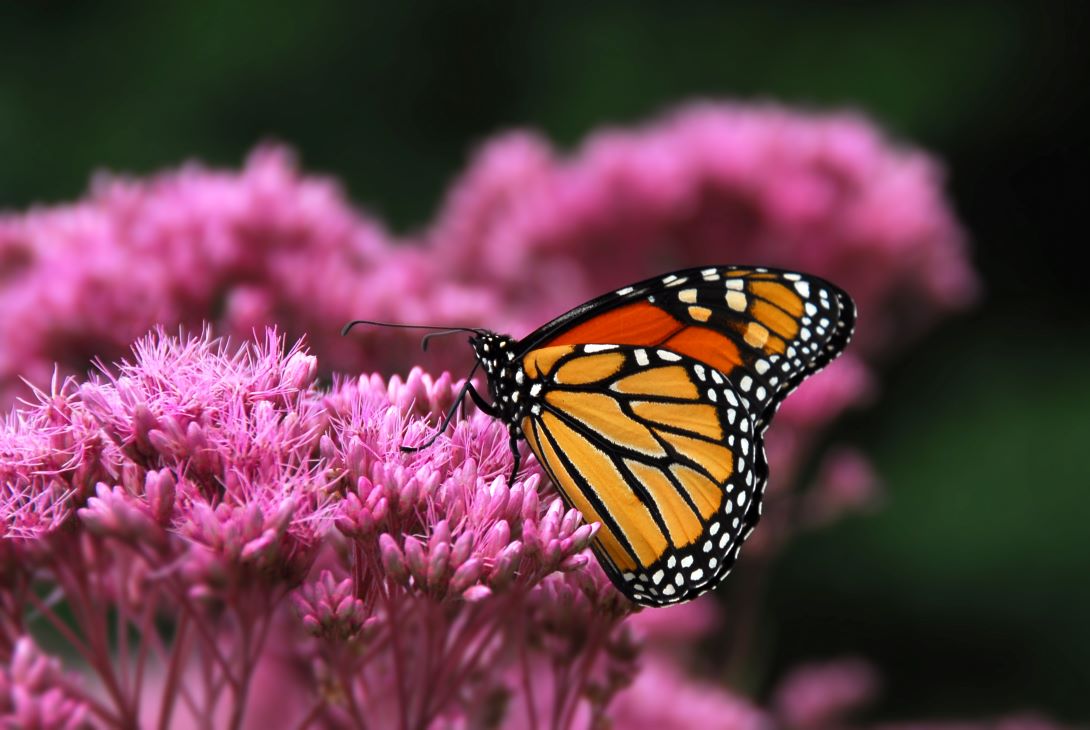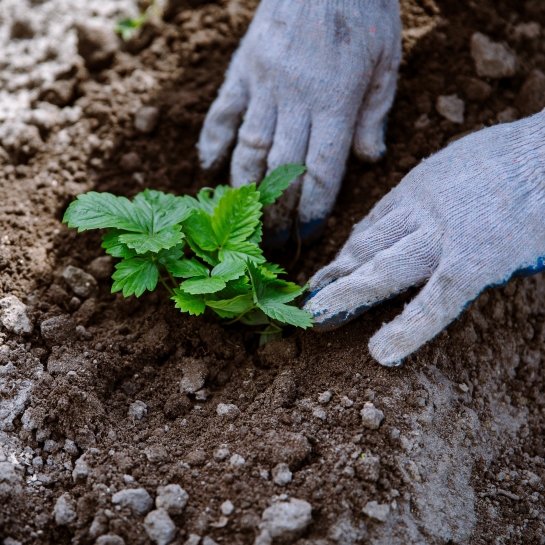How re:grow helps you help nature
April showers bring May flowers, but this spring will specifically be bringing native flowers, as well as other native plants, shrubs and trees thanks to people like you signing up for re:grow, our new online how-to hub for growing native plants.
With re:grow, we’re mobilizing people to help restore Canada’s complex ecosystems by planting native species in your own yards, container gardens and community spaces. And we’ll support you along the way — from selecting the right seeds and plants to preparing soil and celebrating your first fruits, flowers and wildlife visitors. You’ll learn about the local species that have supported wildlife in your region for thousands of years and master the skills needed to plant, grow and steward your new native-plant habitats.

Our action plan resources will help you get acquainted with your space and the plant and wildlife species native to your region, set project goals and chart a path to success. The planting guide provides expert tips for getting your native plants, seeds, shrubs and trees off to a good start and keeping them healthy. And the seed garden project is a unique opportunity to produce your own native plant seeds, which you can use to expand your own garden or share with others in your community.
There’s also an easy-to-use interface and instructional videos. You can upload photos and share your completed actions with the re:grow community and on your social networks — or find and create groups to take and track actions together. And we will continue adding new features and conservation actions as the site grows. (Yes, pun intended.).
What are native plants?
Native plants are species that have been growing in a particular region for millennia, and are essential allies in our efforts to tackle biodiversity loss and climate change.
They are well-adapted to local conditions and have deep reciprocal relationships with the local ecosystem including all of the microbes, insects, birds, mammals and other organisms — including people! — which are also native to the region. These species provide food and shelter to support a healthy and resilient food web. Since European settlement, humans have been removing native plants from entire landscapes, replacing them with buildings, cropland, roads, turfgrass, non-native ornamental plants and trees, and more. This, in turn, has impacted local wildlife and insect populations. Fortunately, by restoring native-plant habitats, we can help reverse this trend.

Growing native plants is beneficial from a climate perspective, as well. Many native plants and tree species have long lifecycles and put down deep roots. They can help communities adapt to climate impacts like flooding by absorbing more water than non-native plants or surfaces like asphalt and can also be highly effective at sequestering large amounts of carbon for long periods.
And, of course, native plants are a boon for gardeners. They are easy to care for and beautiful to behold. They’re hardy, bouncing back quickly after floods or droughts. And they set the scene for fascinating wildlife encounters and pleasant times outdoors.
As you enjoy and share the benefits of native plants and complete activities on re:grow, we want you to remember you aren’t acting in isolation — you’re contributing to our large-scale effort to Regenerate Canada by restoring wildlife habitats, reducing carbon emissions and making a difference for nature. Crucially, logging our actions on re:grow provides a measurable way to track our collective effort to increase native plant life and support the birds, bees and other wildlife depending on it.
Everyone across Canada is invited to join the re:generation! There’s no experience needed — just a willingness to get your hands literally dirty and access to native plants, trees or seeds. Our flexible instructions make it easy to plan a re:grow project for any space — from a balcony or back garden to a schoolyard or field — and are suitable for individuals and households as well as classrooms, campuses, workplaces, neighbourhoods and other groups.
Come check it out and invite your fellow nature nurturers to sign up for re:grow.


